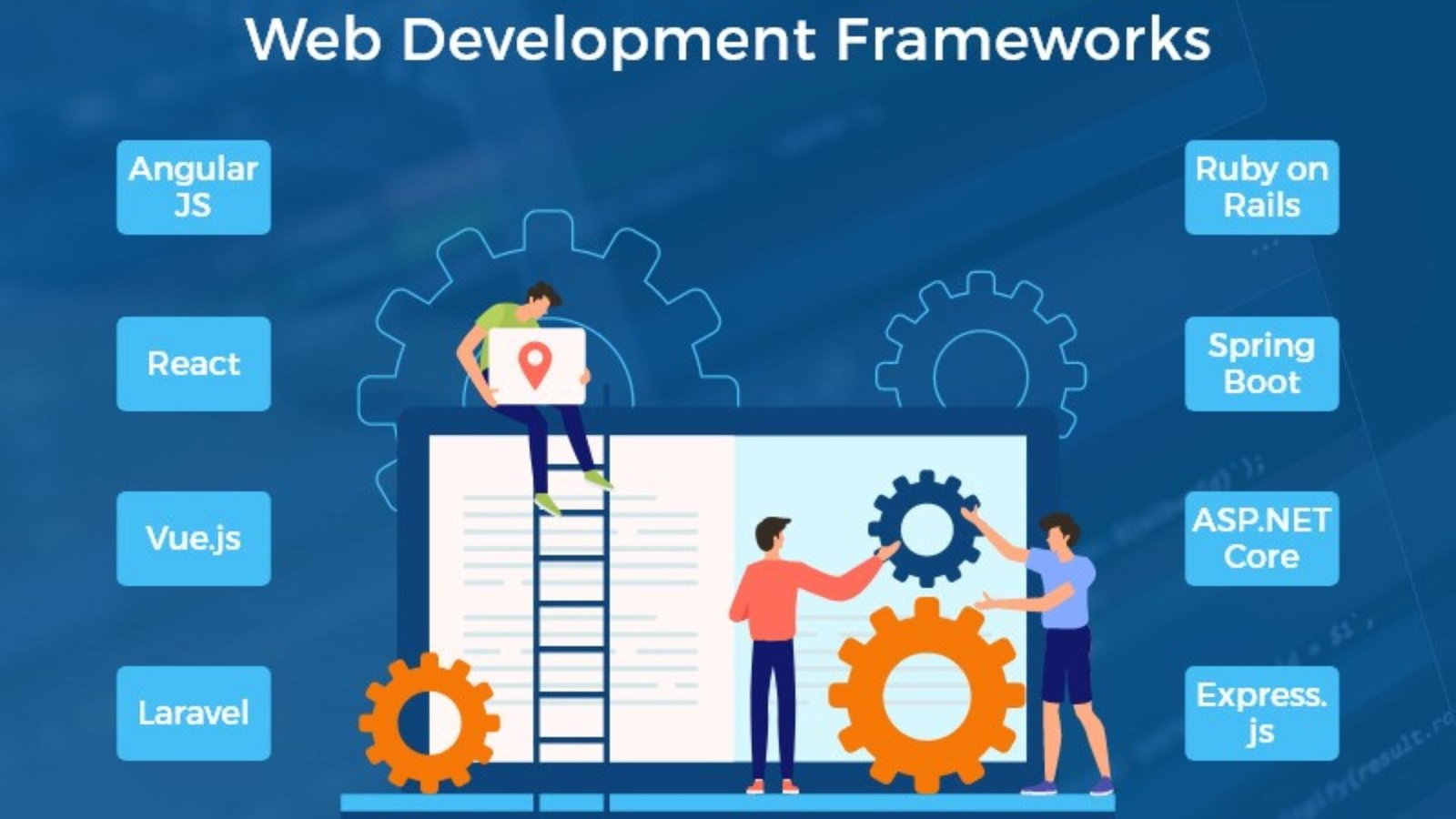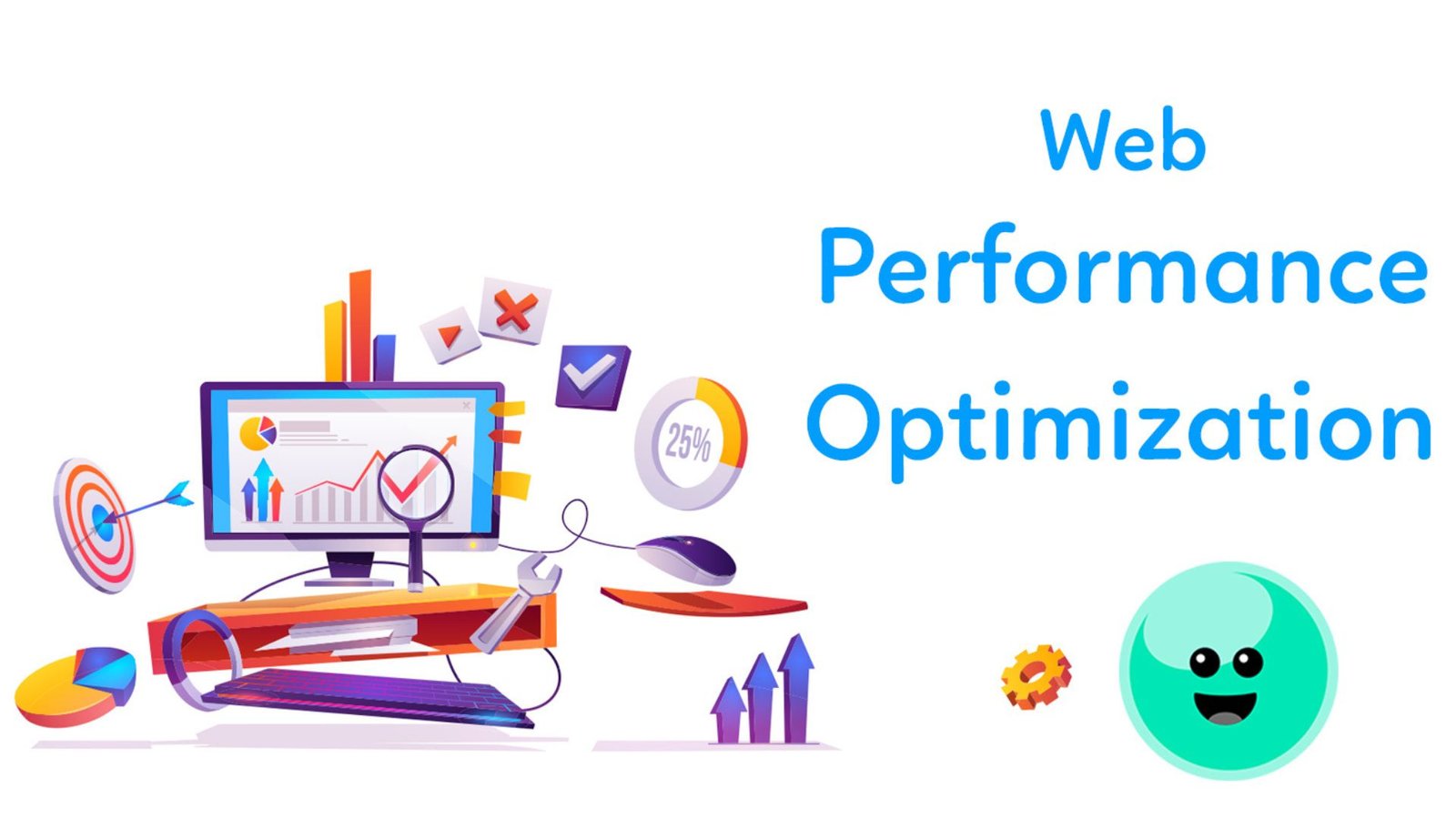Selecting the right framework for web development can significantly impact your project’s efficiency, scalability, and success. With a variety of frameworks available, it’s important to choose one that aligns with your project requirements and development goals. Here’s a guide to help you navigate the process and choose the best framework for your needs.

1. Understand Your Project Requirements
Define Your Goals
Before choosing a framework, clearly define your project goals and requirements. Consider the type of application you are building, whether it’s a simple website, a complex web application, or an e-commerce platform. Understanding your goals will help you select a framework that supports the features and functionalities you need.
Evaluate Performance Needs
Different frameworks offer varying levels of performance and scalability. Assess your project’s performance requirements, such as speed, load times, and the ability to handle high traffic. Choose a framework that can efficiently manage these demands and deliver a smooth user experience.
2. Consider Popular Frameworks
React
- Overview: Developed by Facebook, React is a popular JavaScript library for building user interfaces, especially single-page applications.
- Pros: React’s component-based architecture allows for reusable components and a virtual DOM that enhances performance. It has a large community and extensive ecosystem, including tools like React Native for mobile app development.
- Cons: React focuses primarily on the view layer, requiring additional libraries for state management and routing.
Angular
- Overview: Angular, developed by Google, is a comprehensive TypeScript-based framework for building dynamic web applications.
- Pros: Angular offers a complete solution with built-in features like dependency injection, routing, and two-way data binding. Its strong typing and modularity support large-scale applications.
- Cons: Angular has a steeper learning curve and can be more complex compared to other frameworks.
Vue.js
- Overview: Vue.js is a progressive JavaScript framework for building user interfaces and single-page applications.
- Pros: Vue.js is known for its simplicity and ease of integration. It offers a flexible architecture and supports features like reactive data binding and component-based development.
- Cons: Vue.js has a smaller community compared to React and Angular, which might limit the availability of third-party libraries and resources.
Django
- Overview: Django is a high-level Python web framework that encourages rapid development and clean, pragmatic design.
- Pros: Django comes with a built-in admin interface and follows the “batteries-included” philosophy, providing many features out of the box. It is highly secure and follows the DRY (Don’t Repeat Yourself) principle.
- Cons: Django’s monolithic structure can be restrictive for some developers, and it may be less suitable for very dynamic or real-time applications.
Ruby on Rails
- Overview: Ruby on Rails (Rails) is a web application framework written in Ruby that emphasizes convention over configuration.
- Pros: Rails is known for its ease of use and productivity, thanks to its conventions and built-in features. It provides a robust ecosystem and encourages rapid development.
- Cons: Rails may be less performant for highly scalable applications, and its conventions can be limiting for developers who prefer more control over configuration.
3. Evaluate Community Support and Documentation
Check Community Activity
A strong and active community can be invaluable for troubleshooting issues, finding resources, and staying updated with best practices. Look for frameworks with a vibrant community, active forums, and regular updates.
Review Documentation
Comprehensive and well-organized documentation is essential for understanding and using a framework effectively. Check if the framework provides detailed guides, tutorials, and examples to help you get started and troubleshoot problems.
4. Assess Learning Curve and Development Speed
Consider Ease of Learning
Evaluate how easy it is to learn and use the framework, especially if you or your team are new to it. Some frameworks have a steeper learning curve and may require more time to master. Choose a framework that aligns with your team’s skill level and learning preferences.
Evaluate Development Speed
The framework you choose should support efficient development and allow you to deliver your project on time. Consider how quickly you can build and deploy features using the framework. Frameworks with extensive libraries and built-in features can speed up development.
5. Review Flexibility and Scalability
Assess Flexibility
Determine how flexible the framework is in terms of customization and extensibility. A framework that supports various design patterns and architectural styles can adapt to different project needs and future changes.
Check Scalability
Consider how well the framework can handle growth and increased demand. A scalable framework can manage large amounts of data and high traffic without compromising performance. Evaluate the framework’s ability to scale horizontally and vertically as your application grows.
6. Analyze Integration Capabilities
Ensure Compatibility with Other Tools
Evaluate how well the framework integrates with other tools and technologies you plan to use, such as databases, APIs, and third-party services. Seamless integration can simplify development and enhance the functionality of your application.
Check for Ecosystem and Plugins
A rich ecosystem of plugins, extensions, and third-party tools can extend the framework’s capabilities and simplify development tasks. Look for frameworks with a wide range of available plugins and integrations to support your project needs.
Conclusion
Choosing the right framework for web development involves understanding your project requirements, evaluating popular frameworks, and considering factors like community support, learning curve, flexibility, and scalability. By assessing these aspects, you can select a framework that aligns with your goals and supports efficient, effective development. Whether you choose React, Angular, Vue.js, Django, Ruby on Rails, or another framework, making an informed decision will set the foundation for a successful web development project.




